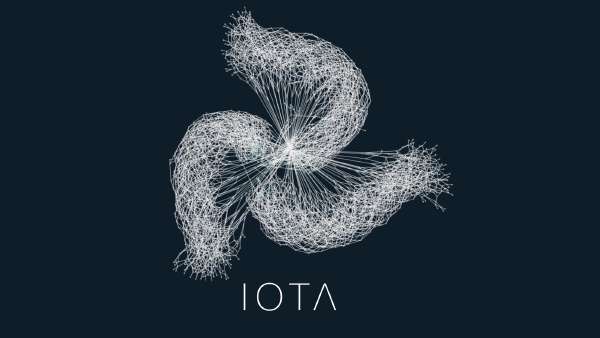Part 1: What was, will be
GDP Growth is declining all around the world. We reached our economic peak 20 years ago. CO2 emissions are changing the water cycle rapidly, which is exponentially shifting the chemistry of our planet. By the end of this century only half of the species on this planet will be left. It is terrifying! So what do we do?
We need a new economic vision for the world and we need it quick. So lets take a step back and take a look at the economic revolutions we had so far:
To have an industrial revolution you need an innovation in energy, communication and transport which enhance the productivity of our economy rapidly.
1. Industrial Revolution, 19th century England
With the discovery of coal as an energy source and the invention of the steam engine, the first industrial revolution changed how people lived enormously. It enabled technologies like the steam powered printing press and trains as a completely new form of communication and transport.
2. Industrial Revolution, 20th century USA
The construction of centralized power plants and a public electricity network, the invention of the telephone and finally Henry Fords incentive to put everyone on the road, brought economic productivity to another level again.
3. Industrial Revolution
The third industrial revolution, also known in Europe as Industry 4.0 (cause we think the internet is an industrial revolution on its own), is happening right now.
- For 25 years we had the digital .com internet as a new form of communication
- We are also now seeing an internet of renewable energy, where everyone can feed the excess of their solar roof into the public grid
- The global diffusion of an automated GPS and very soon driverless transport internet is ever growing
These three internets ride on top of a platform called the IOT, the Internet of things.
With sensors being implemented in many different types of devices, it is possible to monitor real time activity. These devices can then talk to other machines and to us. Sensors in Agriculture, Factories, Smart homes, Vehicles, Roads and your Smartphone are all collecting data and are then sending this to the communication, transport & energy internets to move and power economic life. This will be omnipresent by 2030, connecting everything with everything. It is like creating an external prosthesis, a distributed nervous system of our economic life.
That’s going to allow everyone on this planet to begin engaging directly with each other on a global Internet of things and bypassing a lot of middle man that kept us away from each other for so long. We can have direct engagement now. This is the revolution! It evens the playing field…
Part 2: IOTA and it’s significance in the new Industrial Revolution
Let’s talk a bit more specific about one aspect of this industrial revolution: The communication protocol that powers the IOT, IOTA.
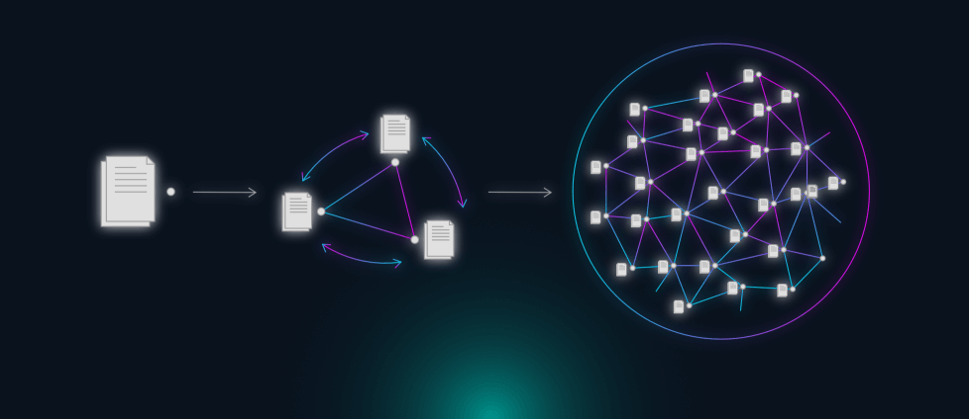
To understand IOTA you have to understand distributed ledgers first. A ledger is a record or list of transactions going from A to B. A distributed ledger is the most up to date version of this record distributed on multiple nodes.
Two very famous distributed ledgers are Bitcoin and Ethereum. They are running on a protocol called the Blockchain. As the name suggests it is a chain of blocks and in each of these blocks is a certain amount of transactions of our distributed ledger. So in the first block are the first ten transactions (this number is just for demonstrating purposes; it varies for each blockchain) that need to be validated by calculating a certain hash value from servers all around the globe.
IOTA is running on a protocol called a DAG, a directed acyclic graph. On the DAG every transaction is connected to others, not contained in a block. The problem IOTA solves is the so called “Blockchain Bottleneck”. Because there is only a certain amount of transactions that can go into one block of the blockchain, the TPS or “transactions per second” are limited. So if you have a lot of transactions that need to be processed, the transaction fee rises. The idea of the tangle is actually quite simple:
Each transaction that you send, needs to validate two others first.
This means that the more transactions you have, the more validation is possible. It completely eliminates the need for huge server / mining farms, calculating hash values for the blockchain.
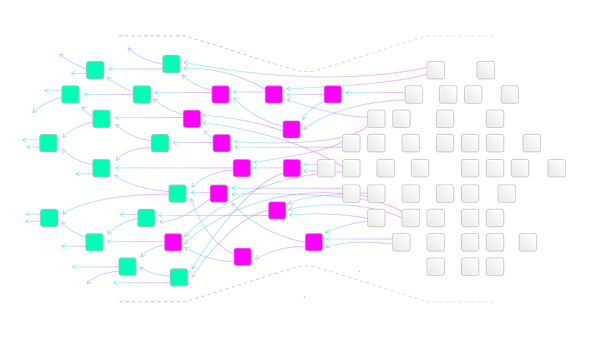
This is not the only benefit of IOTA compared to conventional blockchains:
- Because there is no need for mining farms, there are no transaction fees
- IOTA is infinitely scalable
- The nature and hashing algorithm of IOTA is based on ternary, which means it is immune to Quantum computers
- As transactions do not have to be in consecutive blocks, offline transactions are possible
Of course IOTA also has disadvantages:
- Validation only happens when others participate in the network, so it needs to be large enough to be self sustainable
“So far so good, so what exactly does this have to do with a new economic revolution?”
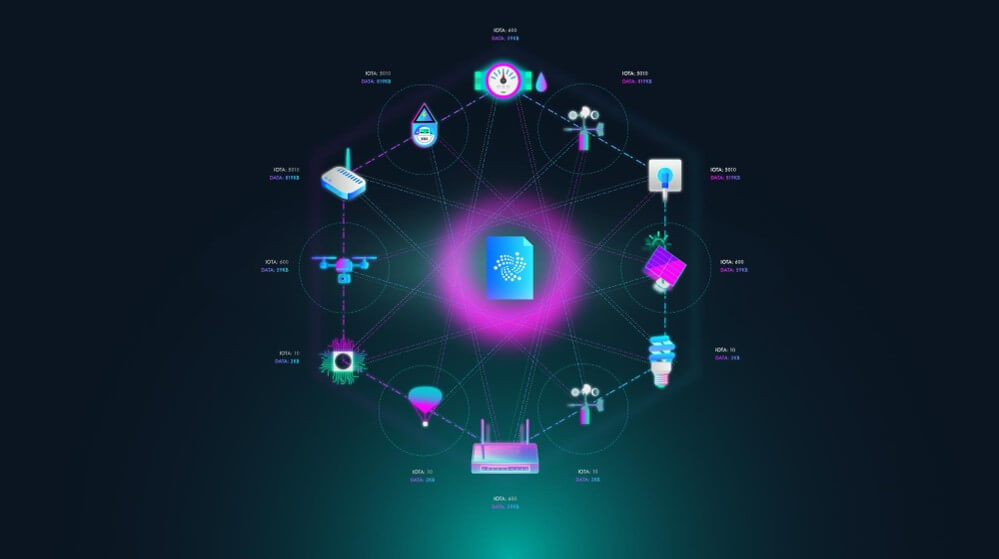
Part 3: The Power of the Machine to Machine Economy
In our connected IOTA world your washing machine can pay your neighbors directly for the electricity his solar panels are generating. Thus there is no need for a middleman that takes fees for delivering power to your home, making this process more economically productive. Even your light bulb that might just need a fraction of the power can pay directly for its needs, lets say 0.2 cents, as the feeless nature of IOTA enables microtransactions.
This formula can also be applied in the production and transport of goods any kind. Lets say for example that the car manufacturer VW has a production line in Wolfsburg, Germany, putting together parts from all over the world to make a car. The wheels of this car are being produced in Taiwan. The robot in the wheel factory in Taiwan notices now, that the wheel that is scheduled for a car in Wolfsburg is faulty. So it sends the production line in Germany a quick transaction, notifying the factory that they need to source their wheel from somewhere else. It does this with the help of the IOTA protocol. Because of IOTAs distributed nature, the factories in Taiwan and Germany can trust the transactions and do not have to rely on a third party. The wheel robot can also send the originally paid value straight back to Wolfsburg.
With hundreds of these transactions happening at any given time in just a single factory, the data can be analysed by AIs or smart algorithms. This process is called creating a digital twin of your factory, which simulates the whole production line and adjusts its parameters in real time for optimal output. Different aspects can now be included into the calculation of our parameters, for example co2 emissions, speed and quality. The digital prothesis is enhancing economic productivity in all sorts of industries.
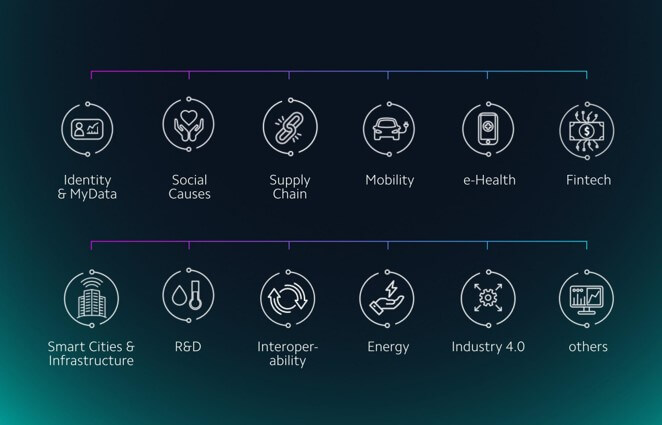
IOTA itself is developed by a registered non-profit foundation in Germany. We barley scratched the surface in this post, but I strongly recommend you to dive into the rabbit hole. I will the best place for resources below:
